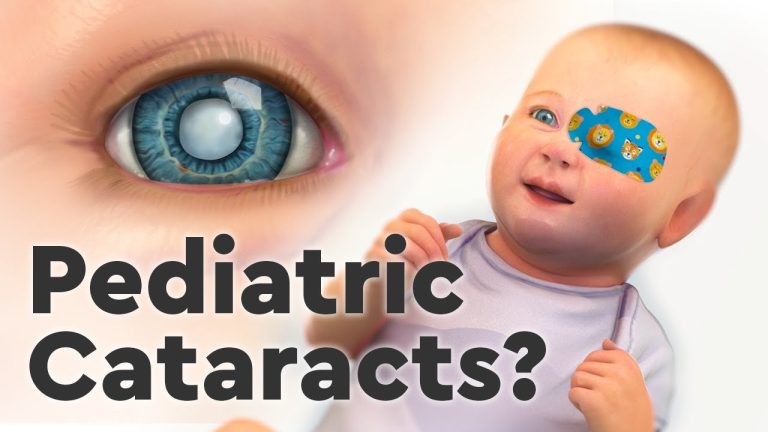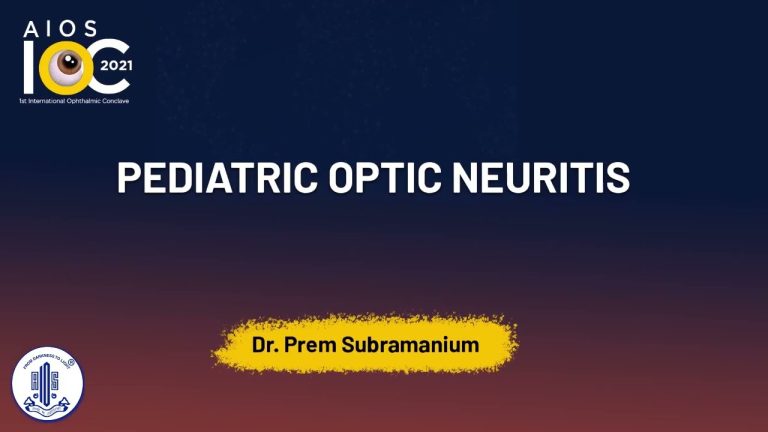Expert Tips: Eye Care for Adopted Children to Ensure Healthy Vision
Adopting a child can be one of the most fulfilling and life-changing experiences a family can go through. As an adoptive parent, you are taking on the responsibility of providing a loving home for a child who may have experienced instability and trauma in their early years. But, it’s important to remember that an adopted child may have unique healthcare needs, including eye care.
Children who have experienced neglect or malnourishment in their early years may be more likely to have visual impairments that require early interventions. Additionally, some genetic eye conditions may be more common among children who have been adopted. That’s why it’s crucial to prioritize eye care for your adopted child as part of their overall health and wellbeing.
When to schedule an eye exam
It’s recommended that children have their first comprehensive eye exam at six months of age. However, for children who have been adopted, it’s important to schedule an eye exam as soon as possible after their arrival. This is because untreated vision problems can lead to developmental delays and other issues.
After the initial exam, it’s recommended that children have follow-up exams at age three and again before starting school. However, if your child’s optometrist identifies vision problems or risk factors, they may recommend more frequent exams.
Common eye conditions in adopted children
Strabismus
Strabismus, or crossed eyes, is a condition that occurs when the eyes do not line up properly. It’s more common in adopted children because it can be caused by a range of genetic factors. Strabismus can lead to vision problems, such as amblyopia (lazy eye), and even social and emotional issues due to self-consciousness or teasing.
Nearsightedness and farsightedness
Nearsightedness and farsightedness are common refractive errors that can be corrected with glasses or contact lenses. Children who have experienced malnourishment or neglect may be at an increased risk for refractive errors, so early intervention is key.
Congenital cataracts
Congenital cataracts are a rare condition that can be present at birth or appear within the first year of life. They can be caused by genetic factors, infections during pregnancy, or metabolic disorders. It’s important to catch and treat congenital cataracts early to prevent permanent vision loss.
Conclusion
When it comes to eye care for your adopted child, it’s better to err on the side of caution. Schedule an eye exam as soon as possible after your child’s arrival, and make sure to prioritize follow-up exams as recommended. By catching and treating eye conditions early, you can help ensure that your child has the best possible outcome for their vision and overall health.
Contents
Most wanted in Hoya Vision:
What brand lenses does Costco use?
What does +0.25 mean on an eye test?
Hoya Lens Engravings
Should eyeglasses cover eyebrows?
Do tinted glasses help with migraines?
Hoya Identification Chart
What are prism eyeglass lenses?
Is gray or brown better for transition lenses?
What LED light is best for broken capillaries?
Does hyperopia worsen with age?
















